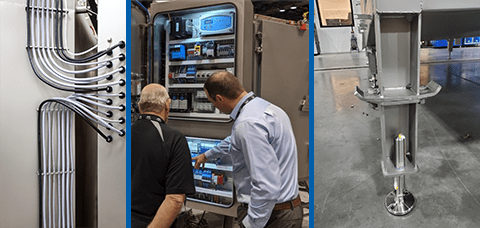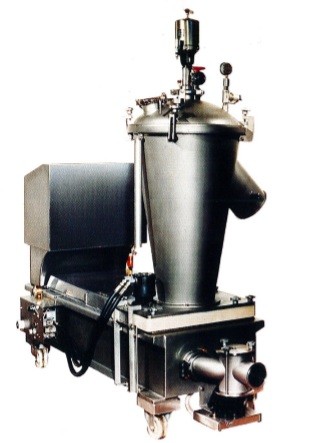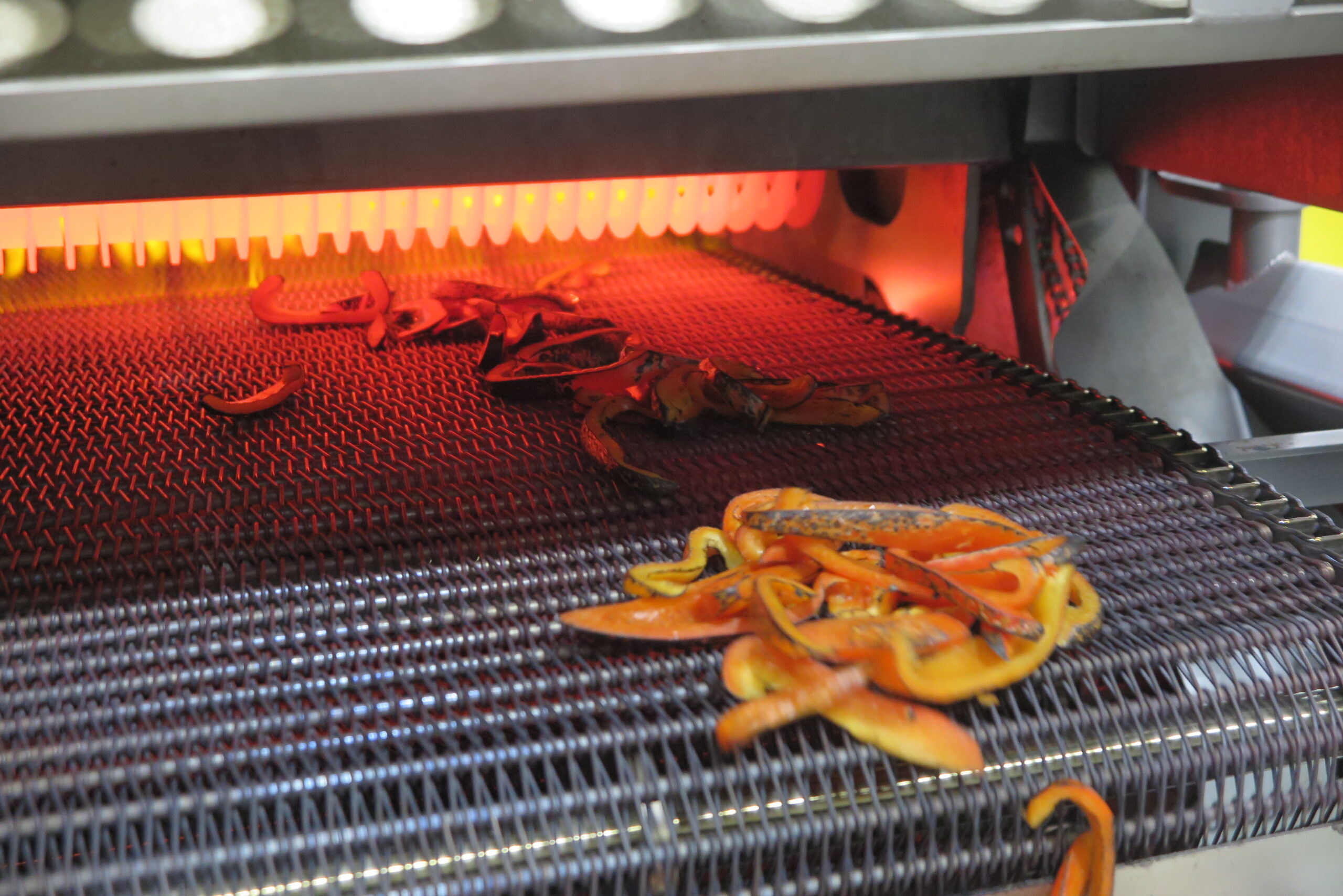When looking at developments in the food processing industry over the next five years, several factors come into play, namely the need for processors to automate how various products are made. In this article, we’ll look at solutions that not only automate processes but do so while adding value and increasing yields to processed food products.
More Food Manufacturers Turning to Automation to Address Labor Shortages
Labor retention and employee turnover rates have consistently been persistent issues in the food processing industry, however, coupled with the pandemic, these issues have been compounded to the point where “major meat processors are having to change how high quality, hand-placed products are made,” according to Marlen’s product sales manager for pumping and portioning equipment, Doug Vogelsmeier. Fortunately, with Marlen’s twin piston design, processors do not have to sacrifice a lot of quality and are able to achieve a relatively similar product without as much labor utilization.
It is no surprise that the pandemic will have lasting effects on processors’ eagerness to improve equipment automation. Companies such as JBS plan to designate over $100 million in automation while Tyson has been focusing on investing more than $500 million in new technologies and automation improvements to alleviate some of the labor retention struggles they have been enduring while also enhancing worker’s overall safety. As of late May, the U.S. Department of Labor revealed 9.2 million job openings and almost a 6% unemployment rate, nearly 2.5% higher than pre-pandemic times (June 2019). While companies hurry to find continuous processing equipment and automated solutions as one of the ways to cope with labor shortages, they are forced to focus on producing their highest demand products first and get creative with incentivizing employees to stay and continue to make attempts to attract new hires.
Additional upcoming food industry advancements will also be influenced by the fact that 80% of Millennials are expected to be parents by 2026. According to an FMI report, 55% of millennial shoppers want convenience the most in a future grocery shopping experience. Another category that continues to expand and is projected to increase by 21.5% in total U.S. grocery sales in four years is the online grocery market. As expected, the pandemic has boosted online grocery sales due to COVID-19 concerns (62%) but also consumers have lately transitioned to online grocery shopping due to convenience (62%) and time savings (42%) reasons. One survey showed, however, that four times as many grocery shoppers intend to buy more groceries in a store compared to those who plan to shop more online in 2021 (Feedback Group). Baby boomers and rural residents were among the highest groups in the survey with plans to return to shopping in brick & mortar type establishments. As expected, urban residents and millennials were approximately 22% more likely to continue shopping for groceries online. The report ended with highlighting that even though some consumers have plans to return to stores that online grocery shopping remains popular.
Marlen Food Processing Equipment Designed to Automate Food Manufacturing Processes
When determining what advancements will take place from a processing equipment standpoint, Marlen’s director of engineering, Doug Wilson, advises that there are several key areas where he expects to see developments. Predictably, Doug anticipates a surge in automation to ultimately aim to reduce labor and especially forecasts growth in robotics (pick & place systems). This is in line with what MarketandMarkets reported back in December 2020 where global food robotics market is estimated to reach 4 billion by 2026. This is slightly over 2 billion more than what food robotics is currently valued at. However, along with a rise in robotics come challenges with hiring capable and highly skilled workers. Another area Doug has been focusing on and believes is important to advancing the food industry is uptime on processing or total equipment availability. This includes designing equipment to have a quick and simple teardown with toolless disassembly, fast preventative maintenance and safety checks as well as sanitary equipment design for improved overall food safety of the machine.
Fresh Meal Kits Spurring Food Industry Growth, Producers Finding Ways to Automate
Along with online groceries trending, the meal kit market has also grown exponentially as a result of lockdowns and restaurant avoidances due to COVID-19. Remarkably, the pandemic caused a complete shift for the meal kit segment as consumers searched for alternative options for in-home dining. According to Grand View Research, globally the meal kit delivery services market is expected to reach almost $20 billion by 2027. Leading U.S. meal kit company HelloFresh reported a 120% increase in sales for November 2020 when compared to their previous year. Chief Executive Dominik Richter contributed half of their sales growth from the third and fourth quarter to be from customers eating more meals at home. Meal kits are also a popular option as millennials and baby boomers crave homemade meals and enjoy the time savings that meal kits offer. Other industries jumping on the meal kit bandwagon include restaurants and grocers, giving the food industry ample opportunity to supply fresh ingredients to their customers. Although meal kit growth is expected to taper post-pandemic and somewhat already has, there are plenty of opportunities for this segment to continue to expand. Several ways this industry could potentially grow include meal options for breakfast and lunch, and specialization of meal-kits to target specific diets such as keto, vegetarian or gluten and lactose intolerance diets.
Value-Added Meal Components a Must for Convenient Meal Kits
At-home dinner solutions or fresh meal kits often feature unique, flavorful products that keep consumers coming back. One way food processors accomplish versatility for a wide range of products is through industrial sous vide processing. Another method for increasing flavor and quality of meal kit components is with surface treatment solutions that sear, roast and grill mark meats and vegetables. Both of these solutions save labor while increasing the value of meal components and ultimately addressing consumer demand for better-for-you products.
The efficiencies gained by using industrial food processing equipment like that offered by Marlen is realized on a global scale and growing year-over-year. Highly engineered solutions and new technologies continue to advance the food processing industry while allowing processors to achieve workflow efficiencies resulting in direct labor savings.


















